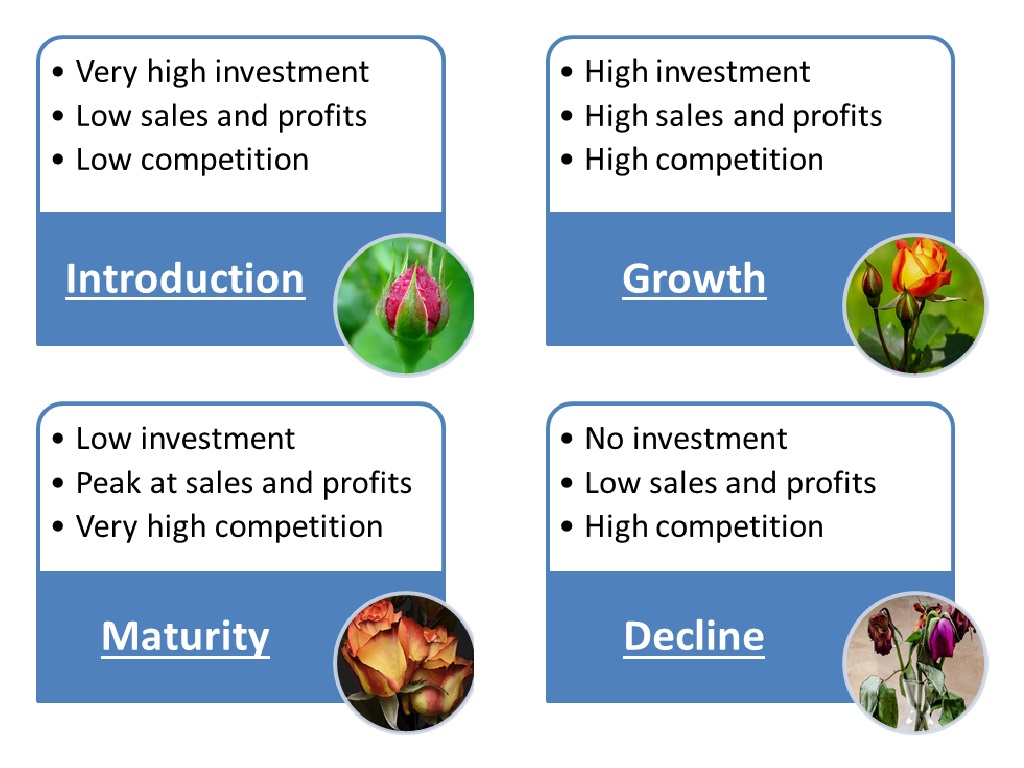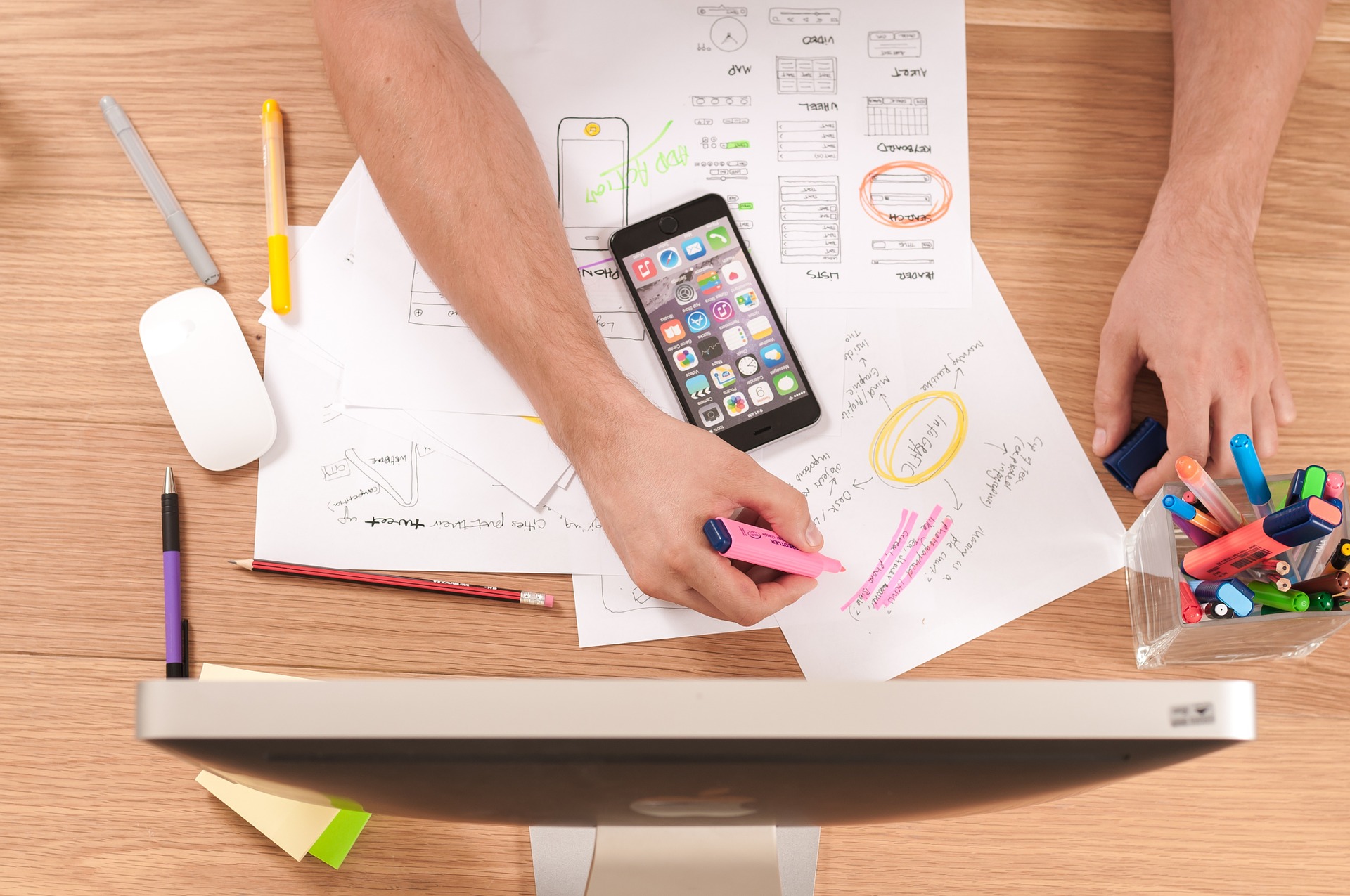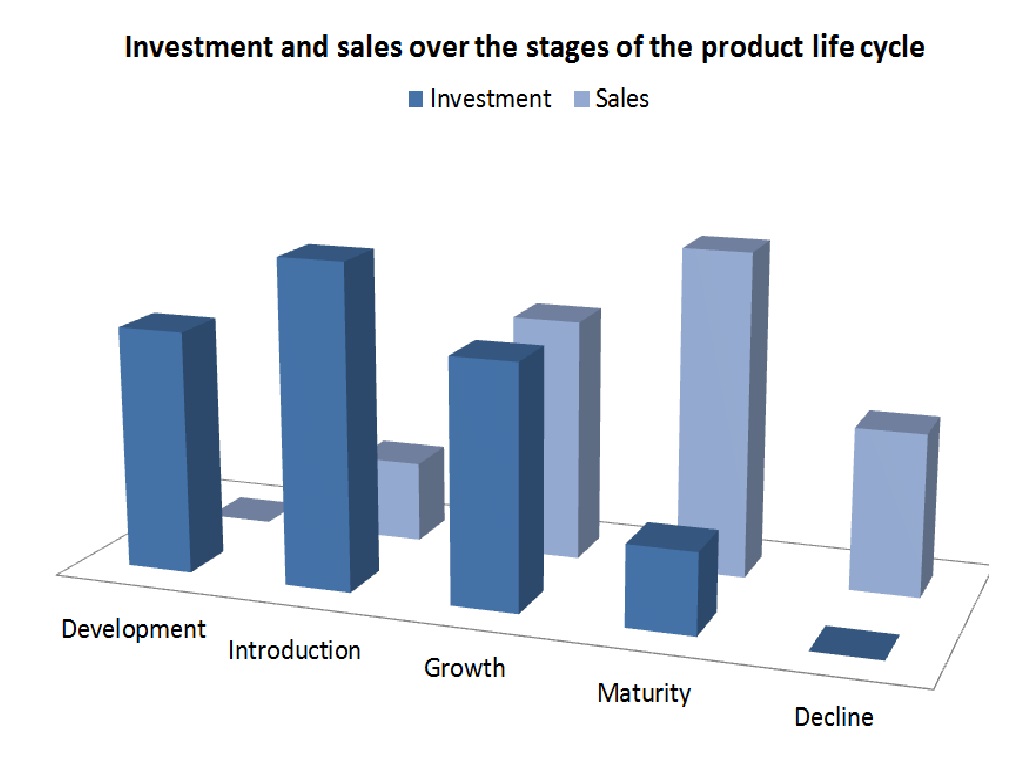The Product Life Cycle and How it Affects Your Company
Everything has a life cycle, even products and brands.
Have you ever thought about your product and where it is in it's product life cycle? Are you offering something that's never been offered before? Are you offering something that others also have, but with a twist? Is your product new to the market, or is it something that is familiar to users? Are you breaking new ground, or making an improvement on something already available?
The stages that a product goes through is the product life cycle. It's a conceptual model which describes the stages and some of the characteristics, both good and bad, in each stage. For example, if your product has a short lifetime, it needs to have a fast response and action from customers to survive. You have limited time to make a profit on that product. Think about the fidget spinner craze of 2017/2018. Fidget spinners came and they went - and once they were out of fashion, many entrepreneurs that tried to take advantage of the craze were stuck with products people no longer wanted.
But, some products are long period businesses; they find themselves in an almost never ending life cycle. For example, regular Coca-Cola; it's been around since the 1886 and is still popular. But even Coca-Cola has seen a decline, with consumers demanding similar products with less sugar, or different flavors. So Coca-Cola has had to start offering products like Diet Coke to maintain their market share and grow.
The Product Life Cycle
There are five stages a product goes through from conception to death. This process is the product life cycle.
The product life cycle model helps you:
- Forecast the expected path of the sales a product gets over the course of its life
- Check which stage a product is and how it fits in the market.
- Determine how to position your product and target a particular audience.
- Help to decide when and how to focus investments for a product (particularly useful when you identify that the product is towards the end of its life cycle).
The stages of the product life cycle are:
-
product development, also called research and development
-
introduction stage
-
growth stage
-
maturity
-
decline

Identify the stage of a product
Identifying the stage of a product is difficult, especially during the transitions between one stage to another.
There are four main factors that help you determine the stage of your product: sales, investment costs, profit and competition.
Your product will develop through the five stages which will determine your business strategy.
Stage 1: Product Development
The product development timeline begins here. Before you launch a product you need to conceive it first. In this stage you're still in the early stages of bringing your product to life. You're doing research, talking to customers/potential customers and creating a prototype or alpha/beta. You're working to understand what your customers want or need.
Here you go through the process of new product development (NPD) depending on what market your business is operating in. Product development can be a simple or quite complex process; it could also take a long time to complete; depending on the product itself. For example, a new drug can take years or even decades of development and cost hundreds of millions of dollars. Whereas a simple web app can be out the door in a week with very little costs.
This stage is generally the most expensive, and you face lots of costs during this phase of the product life cycle. Because you don't actually have a product to sell, you're focusing on development. You will begin to get sales when you place your products in the introduction stage; then, as you place your products in the growth stage; you will build profit, these profits usually peak at the maturity stage of the product life cycle.
Depending on your product, you may be very quiet publicly about your product - develop the product in secret to be released. But in most other cases, you'll use the research and development phase to validate your product, talking to potential customers and seeing if there is value in what you're doing.

Stage 2: Introduction
You've launched your product amd released it to the world. Your product is on the market you begin to drive sales. You're marketing, your talking to customers and your starting to see the feedback in the real world.
There may be heavy advertising and marketing costs as you figure out the market that cut into your margin. You might also be working to make improvements to you product based on feedback. You're also figuring out how to offer your product efficiently, with less costs. The expenses at this stage might exceed the initial sales; but you should be driving those costs down with a path to profitability.
Stage 3: Growth
Once your product is out there for all customers to see, comes growth. At this stage, your product should be driving profits, sales performance has increased. You're on your way to recouping the development costs.
You may also see competitors enter the market. If your product proves successful, others will take notice and try to offer similar products, sometimes with a twist to make it different, sometimes not.
When that happens, it's important to double down on your product and customers. Continue engaging with your customers to understand how to continue making the improvements that add value.
If you have a physical product, you will find the unit cost will start to fall as your produce more, potentailly increasing your margins. If you have a digital product, you may be able to limit some of your expenses associated with serving your customers, like customer service or server costs.
Stage 4: Maturity
The fourth stage is maturity. In this stage, profits usually peak; the product might still perceive growth during this phase but not as fast as during the growth phase. The product is at the top of its life cycle and many in the targeted audience already know about it. The market may be saturated and you may have to look at new markets or additional products. Weaker competitors will leave the market because of the lack of growth and because prices will start to fall as competition intensifies.
A product in the maturity stage can generate very good profit; as you already operate efficiently and have a low cost unit.
Focus on managing the capacity and production of your product. You can find ways to reposition the product in the market; allowing this phase to extend for longer.
Stage 5: Decline
Just as in nature itself, all things die eventually; in this case it translates into going off the market. When a product goes through maturity and eventually sales begin to go down, the stage of decline has started. The market is saturated and even more competitors leave the market.
Times changes, new competitors arise, customers change to other products; whatever the reason could be, sales will go down and with them, profits. Eventually you should move on from the product.
The reasons for products to go into the decline stage are usually:
The advance of technology - new technologies make the development of new and better products, replacing what's on the market.
Consumers change their preferences; societies, trends, people in general change constantly.
The business fails to improve and innovate its product. This will bring the product down while competitors will rise above it.

Extending the product life cycle:
There are ways and strategies to elongate the life of your product before it reaches the decline stage
Advertising is the best way to reach a new audience and remind your current one you and your product is still there.
A good way to squeeze more out of your product is by reducing the price to make more attractive to customers.
Upgrades and improvements of the product; by adding new features you add value to your product.
Finding a new audience to offer your product; market on a new region and a different demography. Conducting research and getting the product to a new market is also a good way to extend the product life cycle.
To consider
Consider the duration and structure of the product life cycle depends on the product itself; the approach you take and the decisions you make can and will change based on the product and the market. It’s not always obvious where in the life cycle a product currently is and the product life cycle is a theoretical concept; it’s not meant to predict precisely the success of a particular product. The are many variables that affect the duration and behavior of the product life cycle.
Conclusion
In conclusion, the product life cycle is a helpful model that can be used in many sorts of ways to create better marketing strategies and take good decisions to develop a successful business.